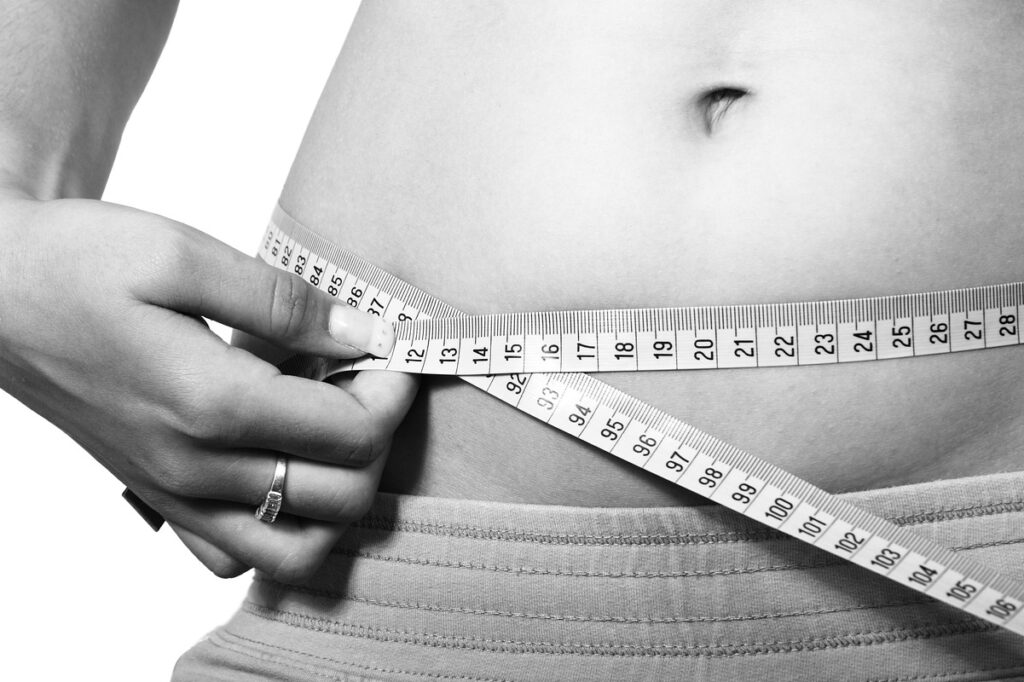Cold plunging, the practice of immersing oneself in cold water, is widely recognized for enhancing muscle recovery and circulation. However, its benefits extend beyond these common effects. Here’s a look at some lesser-known health improvements associated with cold exposure, supported by scientific research and anecdotal evidence.
Improved Insulin Sensitivity
Cold exposure can positively affect insulin sensitivity, which is crucial for blood sugar regulation. When exposed to cold, the body activates brown adipose tissue (BAT), or brown fat, which generates heat by burning glucose and fatty acids. This process, known as thermogenesis, increases metabolic activity and enhances glucose uptake. For those with insulin resistance, prediabetes, or metabolic syndrome, this increased insulin sensitivity could be an added benefit of cold plunging.
Migraine and Headache Relief
For individuals suffering from migraines and frequent headaches, cold plunging might offer relief. Cold therapy causes blood vessels to constrict, which can reduce blood flow to the head and alleviate pain associated with migraines. Some migraine sufferers have reported fewer headaches and reduced intensity after regular cold plunging sessions. Additionally, cold therapy may help reduce the release of stress hormones, such as cortisol, which can trigger or exacerbate headaches.
Support for Skin Conditions
Cold plunging may benefit certain skin conditions by reducing inflammation and soothing irritation. Cold water can constrict blood vessels, leading to decreased redness and swelling, which is beneficial for conditions like eczema and psoriasis. Moreover, cold exposure can tighten pores and reduce sebum production, potentially improving acne-prone skin. While individual responses vary, incorporating cold plunging into a skincare routine may offer relief for some skin issues.
Enhanced Lung Capacity and Respiratory Health
Regular cold plunging can improve lung capacity and overall respiratory health. The initial shock of cold water immersion prompts deep, controlled breathing, which can strengthen respiratory muscles over time. This practice may enhance oxygen uptake and increase lung efficiency. Additionally, cold exposure can reduce inflammation in the respiratory tract, potentially benefiting individuals with asthma or other respiratory conditions.
Hormonal Balance
Cold exposure can influence hormonal balance by stimulating the release of certain hormones. For instance, cold plunging can increase the production of norepinephrine, a hormone and neurotransmitter involved in mood regulation and alertness. Elevated norepinephrine levels can enhance focus, attention, and overall cognitive function. Additionally, cold exposure may boost endorphin levels, contributing to improved mood and reduced symptoms of depression and anxiety.
Enhanced Libido and Fertility
Cold plunging may positively affect libido and fertility, particularly in men. Exposure to cold temperatures can increase testosterone levels, which play a crucial role in sexual health and reproductive function. Additionally, cold exposure can improve sperm quality by reducing scrotal temperature, creating an optimal environment for sperm production. While more research is needed, these findings suggest that cold plunging could be a natural way to support reproductive health.
Thyroid Function Support
Cold exposure can stimulate thyroid function, which is essential for regulating metabolism. The thyroid gland responds to cold by increasing the production of thyroid hormones, leading to an elevated metabolic rate to generate heat. This process can be beneficial for individuals with hypothyroidism or sluggish thyroid function, as it may help boost hormone levels and improve metabolic health. However, individuals with thyroid conditions should consult a healthcare professional before incorporating cold plunging into their routine.


